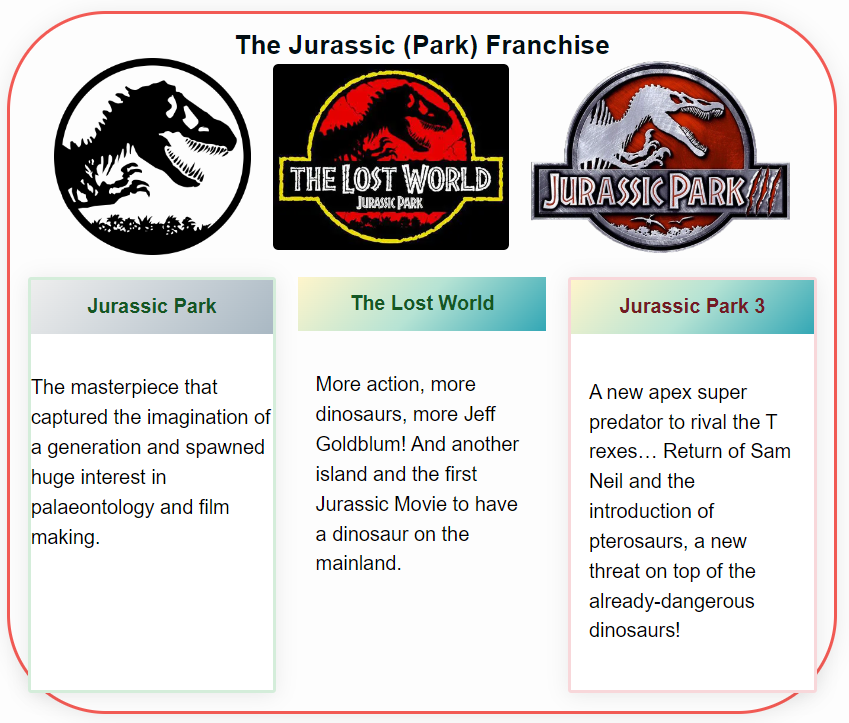
Tyrannosaurus Rex: The King of the Dinosaurs
Tyrannosaurus Rex, also known as T. rex, is one of the most famous and iconic dinosaurs of all time. This massive predator lived during the late Cretaceous Period, approximately 68-66 million years ago, and roamed the plains of what is now North America.
Size of Tyrannosaurus Rex
Tyrannosaurus Rex was a massive dinosaur, growing up to 40 feet long and weighing as much as 9 tons. Its skull alone could measure up to 5 feet in length, with teeth up to 8 inches long. Its long, powerful legs allowed it to move quickly and efficiently, and its strong jaws and sharp teeth made it one of the deadliest predators of its time.
Range of Tyrannosaurus Rex
Tyrannosaurus Rex lived exclusively in North America during the late Cretaceous Period, approximately 68-66 million years ago. Fossils of T. rex have been found in several states, including Montana, South Dakota, Wyoming, and Texas.
Diet of Tyrannosaurus Rex
Tyrannosaurus Rex was a top predator, and its diet consisted mainly of other dinosaurs. Its massive jaws and teeth were perfectly adapted to tearing through flesh and bone, making it one of the most effective hunters of its time. It likely fed on other large dinosaurs, such as Triceratops and Edmontosaurus, and may have also scavenged on the carcasses of dead animals.
Other Animals that Lived with Tyrannosaurus Rex
Tyrannosaurus Rex lived in a world full of other dinosaurs, many of which it likely preyed upon. Some of the other large predators of the time included Albertosaurus and Daspletosaurus, while herbivorous dinosaurs such as Triceratops and Ankylosaurus would have made up a large portion of its diet.
Fossils of Tyrannosaurus Rex
Fossils of Tyrannosaurus Rex have been found all over North America, with some of the most famous specimens coming from Montana and South Dakota. These fossils include partial and complete skeletons, as well as isolated bones and teeth.
Teeth and Skeleton of Tyrannosaurus Rex
Tyrannosaurus Rex had a massive skull filled with sharp, serrated teeth that were perfect for tearing through flesh and bone. Its long, muscular tail helped it to balance as it ran and turned, and its powerful legs allowed it to move quickly and efficiently. Its bones were massive and strong, and its spinal column was specially designed to support its large head and neck.
Debates about Tyrannosaurus Rex
There are several debates about Tyrannosaurus Rex that have yet to be fully resolved by paleontologists. One of the most hotly debated topics is whether or not T. rex had feathers. While some scientists believe that T. rex may have had feathers as juveniles or in certain areas of the body, others argue that there is no conclusive evidence to support this theory.
Another debate centers around whether or not T. rex had lips. Some scientists believe that the lack of preserved soft tissue around T. rex skulls suggests that they may have had lips, while others argue that the absence of soft tissue is simply due to the process of fossilization.
Despite these ongoing debates, one thing is certain: Tyrannosaurus Rex was one of the most impressive and fearsome predators of all time, and its legacy continues to fascinate and inspire people around the world.

